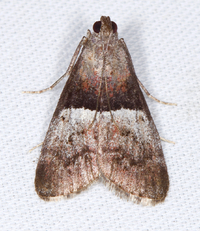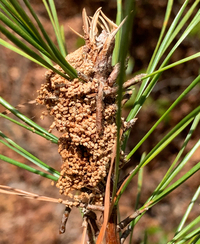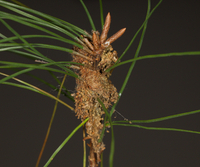
| Recorded by: Jim Petranka and Becky Elkin on 2025-11-01
Craven Co.
Comment: | 
| Recorded by: Mark Basinger on 2025-09-13
Wilson Co.
Comment: |

| Recorded by: Mark Basinger on 2025-09-07
Brunswick Co.
Comment: | 
| Recorded by: Mark Basinger on 2025-09-04
Wilson Co.
Comment: |

| Recorded by: Jim Petranka, Mark Basinger and Becky Elkin on 2025-08-30
Richmond Co.
Comment: | 
| Recorded by: David George, Kevin Bischof, Rich Teper, Patrick Coin on 2025-08-16
Transylvania Co.
Comment: |
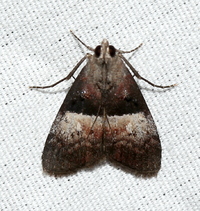
| Recorded by: David George, Dale Morgan, Patrick Coin, Julie Tuttle, Becky Watkins, et al. on 2025-07-26
Orange Co.
Comment: | 
| Recorded by: Jim Petranka on 2025-07-18
Madison Co.
Comment: |

| Recorded by: Mark Basinger on 2025-07-13
Rowan Co.
Comment: | 
| Recorded by: Mark Basinger on 2025-07-09
Brunswick Co.
Comment: |

| Recorded by: David George, David Cheng, Patrick Coin on 2025-06-29
Richmond Co.
Comment: | 
| Recorded by: Mark Basinger on 2025-06-27
Rowan Co.
Comment: |

| Recorded by: Jeff Niznik, David George, Larry Chen, Sarah Toner, Joye Zhou on 2025-06-20
Richmond Co.
Comment: | 
| Recorded by: Mark Basinger on 2025-06-14
Rowan Co.
Comment: |

| Recorded by: Mark Basinger on 2025-06-02
Brunswick Co.
Comment: | 
| Recorded by: Mark Basinger on 2025-05-31
Brunswick Co.
Comment: |

| Recorded by: Mark Basinger on 2025-05-29
Wilson Co.
Comment: | 
| Recorded by: Jim Petranka on 2025-05-24
Richmond Co.
Comment: |
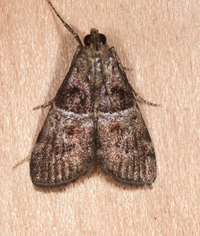
| Recorded by: Jim Petranka and Becky Elkin on 2025-05-23
Richmond Co.
Comment: | 
| Recorded by: Jim Petranka and Becky Elkin on 2025-05-23
Richmond Co.
Comment: |

| Recorded by: Jim Petranka, John Petranka and Becky Elkin on 2025-05-08
Harnett Co.
Comment: | 
| Recorded by: Mark Basinger on 2025-05-03
Brunswick Co.
Comment: |

| Recorded by: Mark Basinger on 2025-05-03
Brunswick Co.
Comment: | 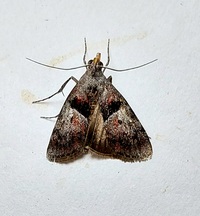
| Recorded by: Mark Basinger on 2025-04-25
Brunswick Co.
Comment: |
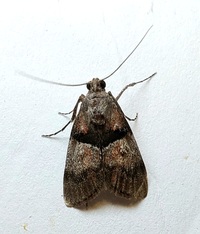
| Recorded by: Mark Basinger on 2025-04-25
Columbus Co.
Comment: | 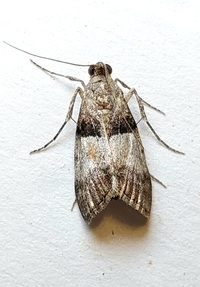
| Recorded by: Mark Basinger on 2025-04-25
Columbus Co.
Comment: |

| Recorded by: Mark Basinger on 2025-04-18
Brunswick Co.
Comment: | 
| Recorded by: Mark Basinger on 2025-04-18
Brunswick Co.
Comment: |
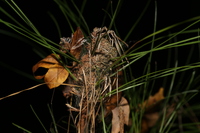
| Recorded by: David George, Rich Teper on 2024-11-05
Chatham Co.
Comment: | 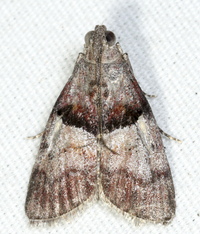
| Recorded by: John Petranka on 2024-08-20
Orange Co.
Comment: |
|

 »
»
